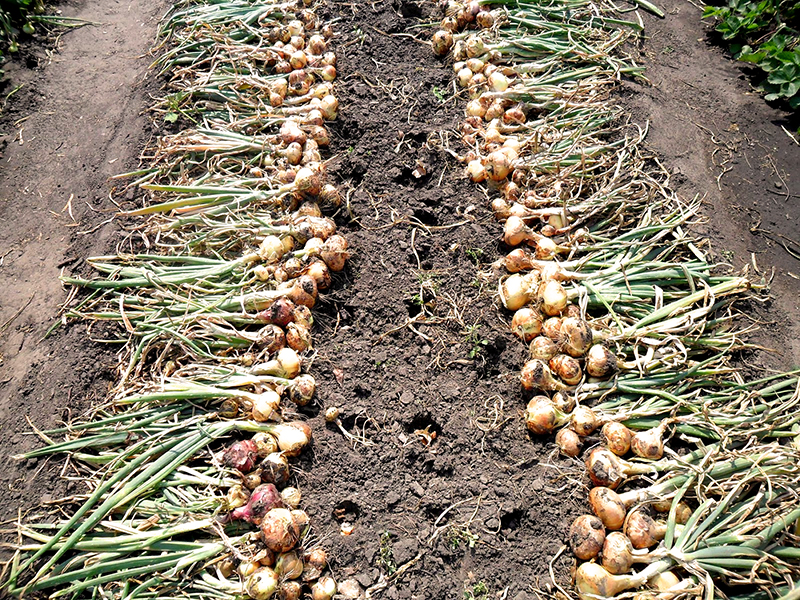 Zealous owners of suburban areas plan landings in advance, trying to use every corner of the territory. In the second half of summer, beds after onions and garlic are freed and it is completely inadvisable to keep them empty if it is possible to plant crops that have time to mature before the onset of cold weather or to plant perennial plants.
Zealous owners of suburban areas plan landings in advance, trying to use every corner of the territory. In the second half of summer, beds after onions and garlic are freed and it is completely inadvisable to keep them empty if it is possible to plant crops that have time to mature before the onset of cold weather or to plant perennial plants.
In this case, the empty land will not overgrow with weeds and will please a fresh harvest.
Content
Possible landing options
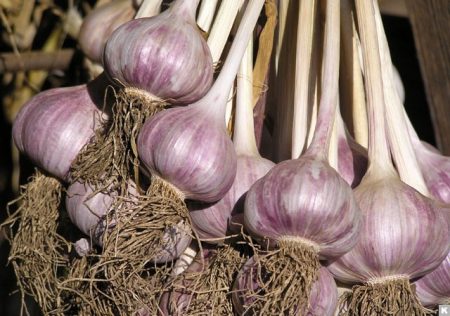 Onions and garlic are harvested, depending on the region, in July-August, and when choosing a crop for planting at this place, you need to take into account the growing season of the plant and the conditions that develop for the length of time before the onset of cold weather. During this period, the length of daylight is gradually reduced and night and day temperatures decrease, which significantly affects the development and maturation.
Onions and garlic are harvested, depending on the region, in July-August, and when choosing a crop for planting at this place, you need to take into account the growing season of the plant and the conditions that develop for the length of time before the onset of cold weather. During this period, the length of daylight is gradually reduced and night and day temperatures decrease, which significantly affects the development and maturation.
Sowing of green manure
Siderata plants help improve the structure of the soil, enrich it with nutrients, protect against weeds, and sowing them will not be difficult.
What can be sown:
- phacelia - compatible with subsequent plantings of any culture, perfectly attracts pollinating insects, honey plants;
- mustard (white) - helps to cope with wireworms and teddy bears, contains a lot of nitrogen, grows rapidly, reaching a height of 70 cm by winter, promotes snow retention if not mowed;
- barley - drowns out weed growth, helps destroy the nematode and scab spores, but can attract wireworms;
- oats - a universal precursor for all types of plants (excluding cereals), helps to enrich the soil with potassium;
- legumes - saturate the soil with nitrogen, and the early varieties of peas have time to ripen before the cold.
Siderata is better to mow before flowering and ripening seeds.
Cucumbers
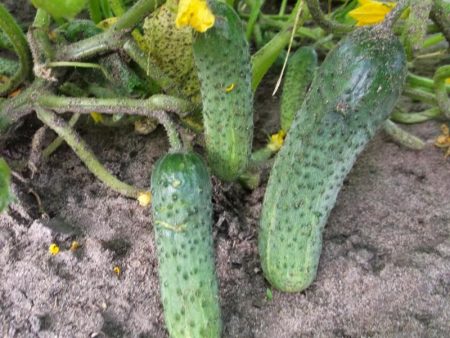 Early varieties of cucumbers planted in July, in warm sunny weather, manage to please the crop before the onset of cold weather. In areas where cool rainy weather is observed in August, shelter for beds should be provided, since cucumbers are heat-loving crops. Having foreseen such an option, planting is carried out in a seedling method, which reduces the ripening time. It is very convenient to plant seedlings grown in an egg shell - the roots are not injured, the planting process is greatly simplified.
Early varieties of cucumbers planted in July, in warm sunny weather, manage to please the crop before the onset of cold weather. In areas where cool rainy weather is observed in August, shelter for beds should be provided, since cucumbers are heat-loving crops. Having foreseen such an option, planting is carried out in a seedling method, which reduces the ripening time. It is very convenient to plant seedlings grown in an egg shell - the roots are not injured, the planting process is greatly simplified.
Radish
For plantings in July, a radish is good - black or Margelan (green). Their ripening periods are such that by the onset of cold weather they will reach the maturity stage, in addition, the late varieties of radish are well stored for a long time. Radish and daikon (Japanese radish) should be planted a little later, in mid-August, when daylight hours are shorter and the temperature regime is optimal for them.
With a long daylight and hot weather, radishes and daikon throw an arrow, the flesh becomes stiff, development is worse.
Herbs on greens
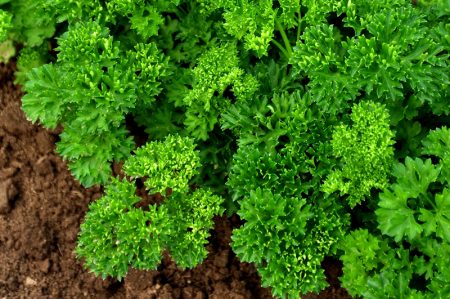 The germination dates of any spicy greens (dill, parsley, cilantro, spinach, various varieties of green salad) are such that, planting them in July, you can get juicy vitamin greens by August. The minus of planting greens is that she does not like heat, so the beds can be covered from the bright sun with light covering material, for example, spanbond. Protection also reduces moisture evaporation, which is also important.
The germination dates of any spicy greens (dill, parsley, cilantro, spinach, various varieties of green salad) are such that, planting them in July, you can get juicy vitamin greens by August. The minus of planting greens is that she does not like heat, so the beds can be covered from the bright sun with light covering material, for example, spanbond. Protection also reduces moisture evaporation, which is also important.
Strawberries
Garden strawberries and strawberries grow well after garlic and onions - bulb volatile prevent the spread of fungal infections, repel slugs and insect pests.
What is not recommended to plant after onions and garlic
You may want to plant onion crops in empty ridges, for example, shallots, leeks, winter garlic, but this is not recommended for the following reasons:
- the set of nutrients consumed by different types of bulbs is the same and for subsequent planting of similar crops it may already be insufficient, and it takes time to restore the composition of the soil;
- common pests and pathogens remain in the soil and can harm the following plantings.
Poor compatibility of onions and garlic also with tomatoes, cabbage, turnips, beets.
Tips and reviews of experienced gardeners
Mikhail Ivanovich, Belgorod
In the southern regions, garlic is harvested early, after about July 12, and so that the ridges are not empty, I plant them with dill of the Alligator variety - I like the taste of greens, you can use juicy soft stems. Immediately after harvesting the garlic, I dig the earth lightly and sow it in the moist ground. I close the bed with a not very dense spanbond, regularly water it. After 5-7 days shoots appear, and when they reach a height of 5-7cm, I remove the shelter. Already in mid-August, dill can be used for food, cut for freezing and drying. In the same way, I grow early varieties of carrots (I like the ultra-early variety of the Bureau). Planting carrot seeds should be after soaking. It is possible, if the size of the beds allows, to combine planting of dill and carrots - this will be a great option.
Alevtina, Kursk
I like to plant mustard after garlic or onions. When it grows to 20cm, I cut the grass, leaving it on the ridge. Mustard continues to grow, and in the fall I mow everything under the root, digging the soil - by the spring, the fertilized bed is ready for new plantings.

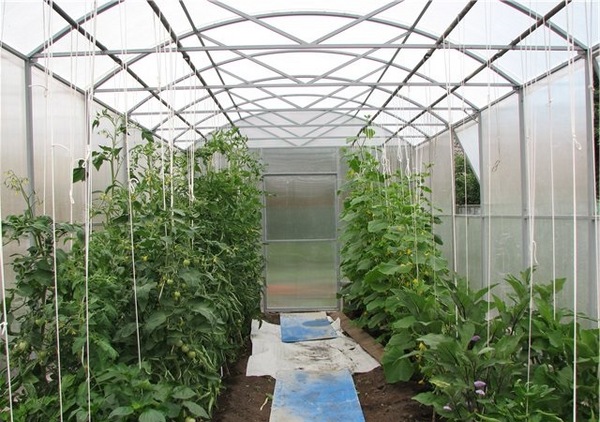
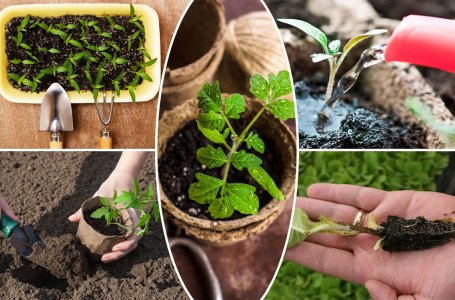
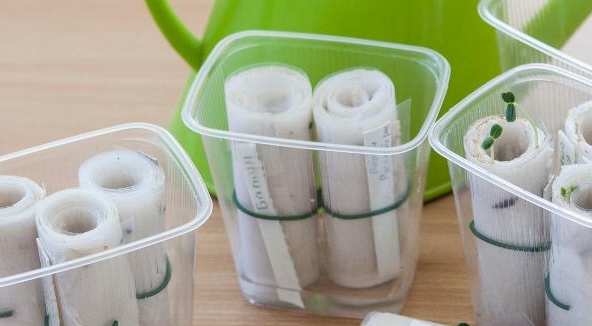
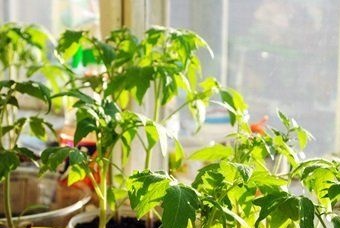 10 mistakes that destroy seedlings
10 mistakes that destroy seedlings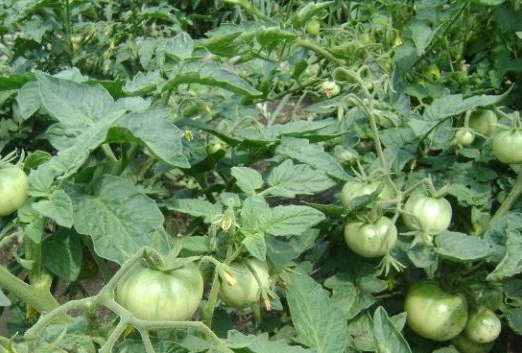 What crops are solanum plants?
What crops are solanum plants?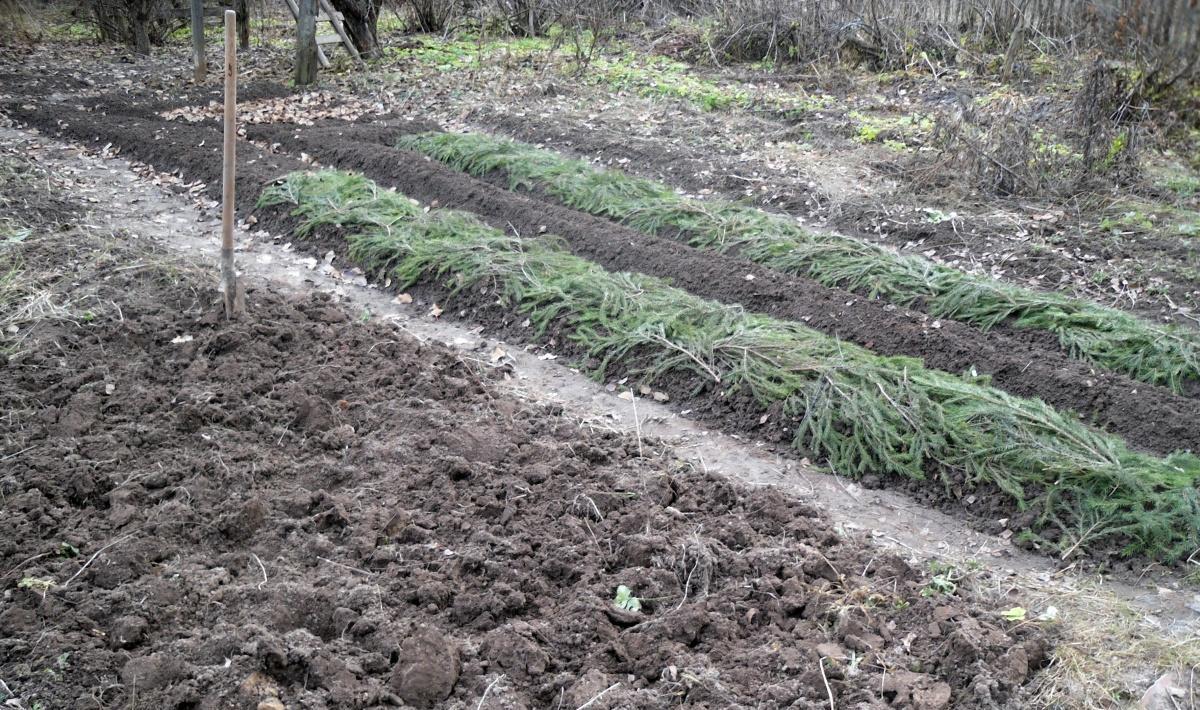 What to plant in the garden before winter: what vegetables, flowers, herbs, trees and shrubs
What to plant in the garden before winter: what vegetables, flowers, herbs, trees and shrubs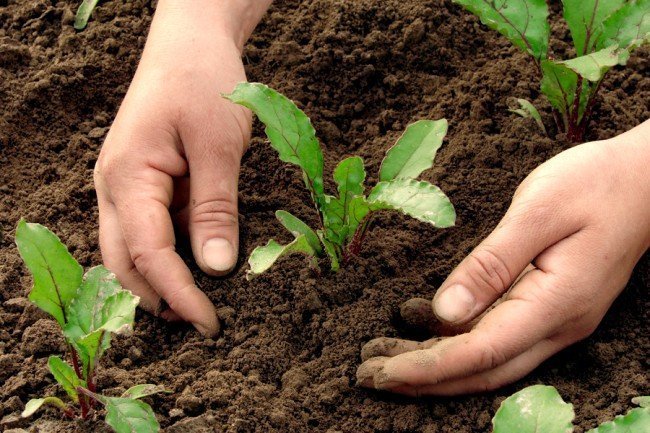 What can be planted at the end of summer in open ground in different regions to grow rapidly
What can be planted at the end of summer in open ground in different regions to grow rapidly